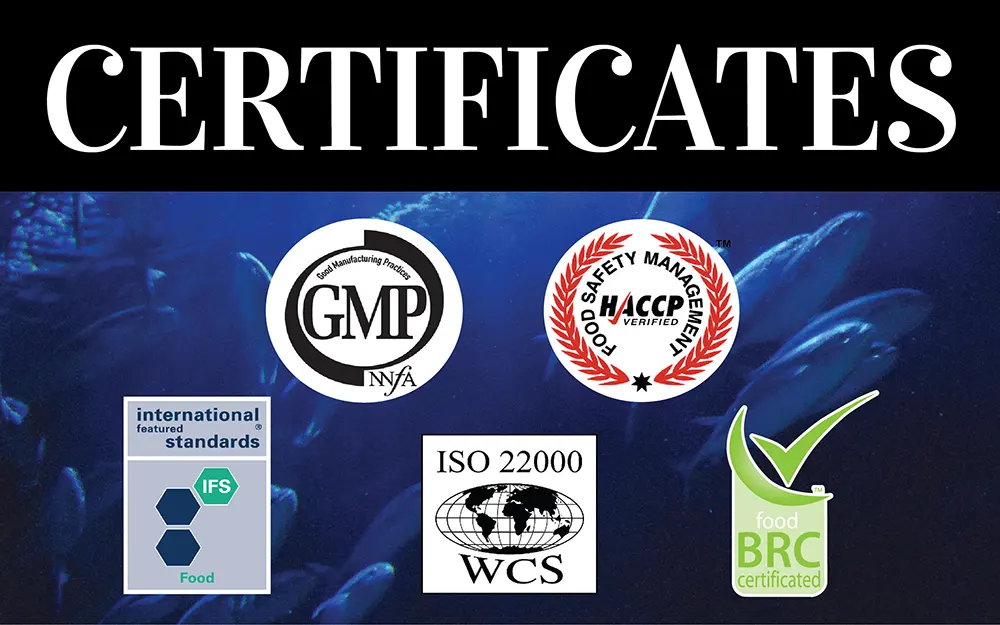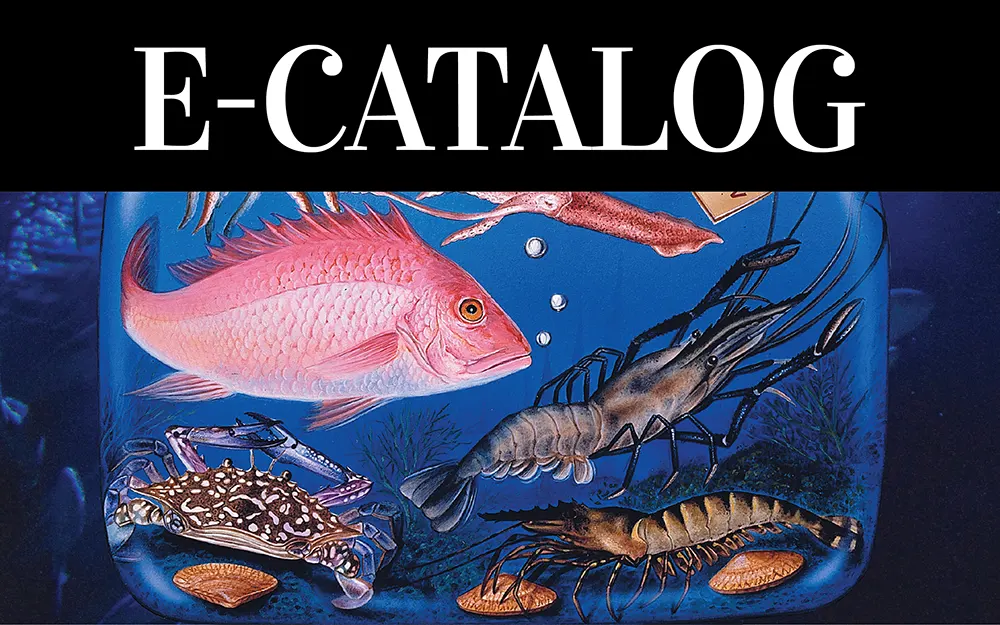The survival rate in the current Thai farmed shrimp crop is looking to be back to some level of normality, said Jim Gulkin, the managing director of Siam Canadian Group.
Thailand’s main shrimp crop is in progress and it’s a case of “so far, so good”, said Gulkin, whose company is based in the Thai capital Bangkok and supplies shrimp and seafood from Thailand, India, Vietnam, Indonesia, Myanmar and China.
“The survival rate appears to be back to normal, at least 70%,” he told Undercurrent News.
Before early mortality syndrome (EMS) hit hard last year, survival rates were 75%, however, he said. Survival rates aren’t the only concern for packers.
Packers are concerned on what focus farmers might have on sizes, he said.
“The only thing that most of packers are concerned is that current price for small sizes shrimp is very high, especially when compare to larger sizes,” he told Undercurrent.
“Farmers may not grow their shrimp to large sizes and Thailand will not be strong on medium to large sizes, as a result. Moreover, the smaller sizes they harvest, the smaller volume Thailand can achieve in tonnage volume,” he said.
Gulkin gave an estimate of around 250,000 metric tons for Thai production in 2014, around the same as last year and down considerably from 2012, when it was 500,000t, before EMS.
This fits with a production level given by Thai Union Frozen Products, the largest shrimp processor in Thailand. In a presentation given as part of its Q1 results.
Thai Union warned on a lower than expected recovery of Thailand shrimp output with, expectation of domestic shrimp output as low as 250,000t or up to 300,000t.
Expect to see an improvement of shrimp supply in the second half of 2014, rather than the first, the company said. “Our assumption, however, rests upon the amount of supply from the first crop,” the company said.
Speaking to Undercurrent after coming back from a trip around farms in May, Satasap Viriyanantawanit, general manager for Thailand for Siam Canadian, said farmers have faith in the techniques they are using and are seeing results.
Farmers are using aerators to up the levels of oxygen in the ponds, as well as using probiotics instead of antibiotics. They are looking to control PH and salinity, he said.
They are also holding shrimp in nursery ponds for 15 days, before transferring them to the grow-out ponds, he said.
The rainy season is also coming, which is welcome, after a long winter followed by a very hot summer, with no rain.
“A long period of no rain has increased the level of bacteria in the water,” he said.
This has meant farmers are still struggling with EMS. Now the rainy season is coming, the environment for farming is improving.
“Farmers are optimistic, because they had no EMS for a short period of time, due to these control methods,” said Viriyanantawanit, at the time.
contact us Siam Canadian Group Frozen Seafood Exporter for more information
email: infor@siamcanadian.com



